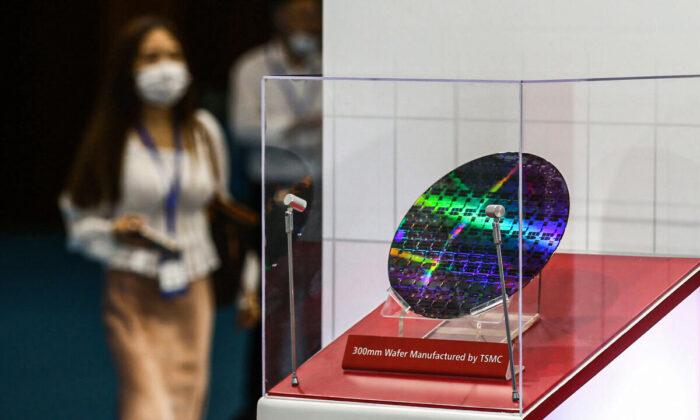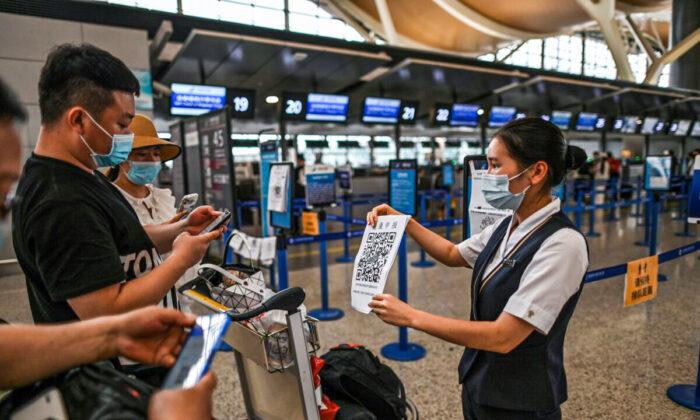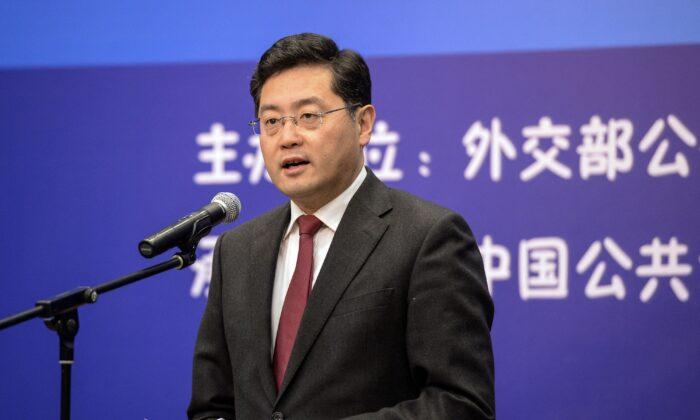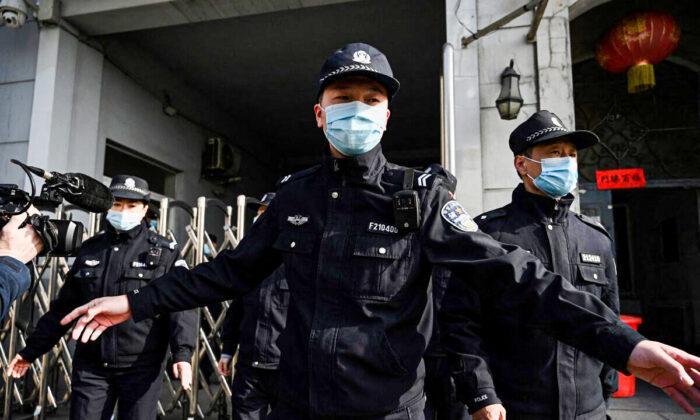China seems to be on a “hoarding spree,” stockpiling strategic commodities from chips to minerals to grains to cotton. In its global purchases, the United States has been one of its largest suppliers.
Beijing has been hoarding chips. Industry experts believe China’s nationwide hoarding played a role in the global chip shortage. In fact, China’s State Administration for Market Regulation launched a probe into hoarding and other speculative practices in August 2021, as the regime found that it had disrupted its own market.
It also prompted the U.S. Commerce Department to request global major semiconductor manufacturers to provide their sales data in September 2021. The information it sought included the names of the top three buyers of the firms’ products in each of the past three years. Some analysts said Washington needed the data to figure out to what extent China’s hoarding caused the chip scarcity.
China began hoarding chips in 2019, when the Trump administration imposed sanctions on its telecom giant Huawei. Fearing that they could be next, Chinese companies, many of which are state-run, purchased a large number of chips—enough to cover their needs for the next few years.
As the leading country in electric vehicle (EV) manufacturing, China is aggressively sourcing cobalt, a key metal in making EV batteries, from overseas. In the past five years, the second-largest economy has acquired most of Congo’s cobalt-producing mines, which produces two-thirds of the world’s cobalt supply.
“The companies had received at least $12 billion in loans and other financing from state-backed institutions, and are likely to have drawn billions more,” the report reads.
China’s buying spree of cobalt started when U.S.-owned mining giant Freeport-McMoRan sold its two large cobalt reserves in Congo to a government-backed Chinese conglomerate. The sale “marked the end of any major U.S. mining presence in cobalt in the country,” according to the report.
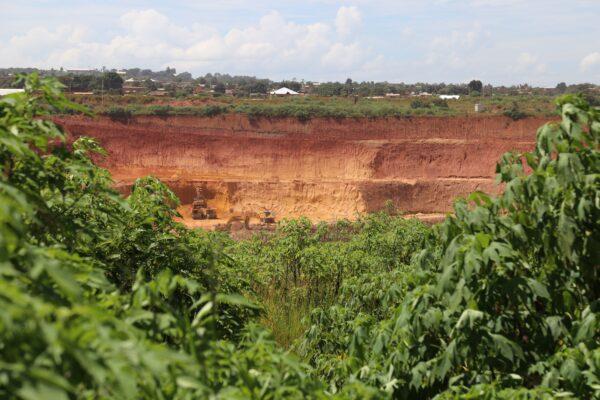
In the field of agricultural commodities, China’s stockpile is equally as stunning. U.S. Department of Agriculture statistics show that China currently holds nearly half of the global reserves of corn and other major grains.
China’s grain purchases surged in 2021. Corn and sorghum imports for the country jumped four and five times respectively from 2020. China’s reserves of corn, rice, and wheat are expected to reach 69 percent, 60 percent, and 51 percent respectively by the first half of 2022.
The United States and Brazil have sold a significant amount of agricultural commodities to China. U.S. exports of soybeans and soy-based products during the 2020–21 season reached an all-time high of 74.76 million metric tons, with two-thirds of them shipped to China.
China is also buying U.S. cotton on a large scale. Weekly exports of U.S. cotton to China in October 2021 increased by one-third from 2020, pulling U.S. cotton reserves down to their lowest point of 2021. Although it’s expected that the United States will see a cotton harvest in 2022, it could come much later than usual because of lower temperatures. Cotton prices have thus soared.
At China’s Central Economic Working Conference in December 2021, Beijing identified securing the supply of primary goods such as agricultural products and minerals as one of five significant issues to prepare for amid global challenges.
Xi Jinping, leader of the Chinese Communist Party (CCP), said at the conference that China must establish a “strategic baseline” to ensure self-sufficiency in key commodities, as securing the supply of primary products will help advance the country’s long-term agenda.
Analysts say that tensions with the United States and its allies, such as Australia, another major food exporter to China, could prod the communist regime to dramatically raise food reserves.
“The opacity surrounding the size and quality of the reserves also leaves open questions about how much China needs to maintain ‘adequate’ stocks,” Durkin wrote.
The CCP isn’t transparent in reporting its strategic reserves, and international purchase records and trade group estimates can only provide a partial picture of the precise contents of the regime’s stockpile.
Some experts have warned that the Chinese regime could weaponize its enormous stockpiles.
“If the size of China’s market enables its commodity traders to have global sway, and the top-down management of the stockpile augments that buying power, regulatory supervision works to ensure it strives for state goals,” Vassallo wrote.
